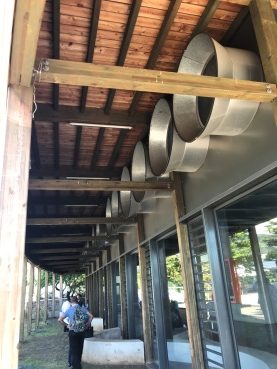In a bottom-up approach, the technical and financial findings from 15 prefeasibility studies for energy efficiency in buildings in Comoros, Madagascar, Mauritius, and the Seychelles were extrapolated to national policy recommendations.
The Indian Ocean Commission (IOC) is an intergovernmental organization bringing together five countries in the Indian Ocean region: Comoros, France/ Reunion, Madagascar, Mauritius, and the Seychelles.
The islands have all either developed elements of medium and long-term sustainable energy strategies, or feel the necessity of developing such a policy framework. However, available energy data is limited. An HCL team organised energy audits for data gathering and defining the energy consumption profile in order to recommend specific energy efficiency solutions and estimation of the investments needed, in collaboration with the European Union Delegation to the Republic of Mauritius and to the Republic of Seychelles and the Renewable Energy and Energy efficiency regional programme (EU-IOC).
Fifteen representative large buildings were preselected from the IOC member states’ national public building stock, varying in typology, use (offices, hospital, school, etc), age and energy performance. The team of the experts performed energy audits, investigated possible energy efficiency interventions and identified specific quick wins actions.

The focus of the intervention was on the island-states of Comoros, Madagascar, Mauritius, and the Seychelles, while a selection of Reunion buildings served as examples of (EU) regional best practice in energy efficiency.
With the data gathered, the team went on to prepare the respective prefeasibility demonstration public buildings projects, providing both technical solutions and recommendations on means of financing for the proposed interventions. Energy efficient solutions and improvements were related to tropical climate, building use, current level of EE technologies, techniques and human behavioural practices.
Findings were then discussed at the national level in dedicated Workshops, and recommendations were presented in support to the update of National policies. There is significant potential for energy saving in Indian Ocean Commission member states public buildings in terms of lighting, air-conditioning, solar technologies (PV and thermal), shading, isolation and ventilation systems.
The some 20 participants visited 12 low energy consumption buildings with emphasis on natural ventilation and application of advanced bioclimatic principles.

Here: Solar thermal geasers on a hospital rooftop and windows allowing for natural ventilation.

